Hairless cats, with their unique appearance and lovable personalities, have gained significant popularity in recent years. Contrary to what some may think, these feline companions are not entirely void of hair; rather, their skin is covered with a fine down. The most well-known of these breeds is the Sphynx cat, but there are others that share similar characteristics. Understanding these fascinating creatures involves delving into their history, care requirements, and health concerns. This article provides a comprehensive guide to everything you need to know about hairless cats.
A Brief History of Hairless Cats
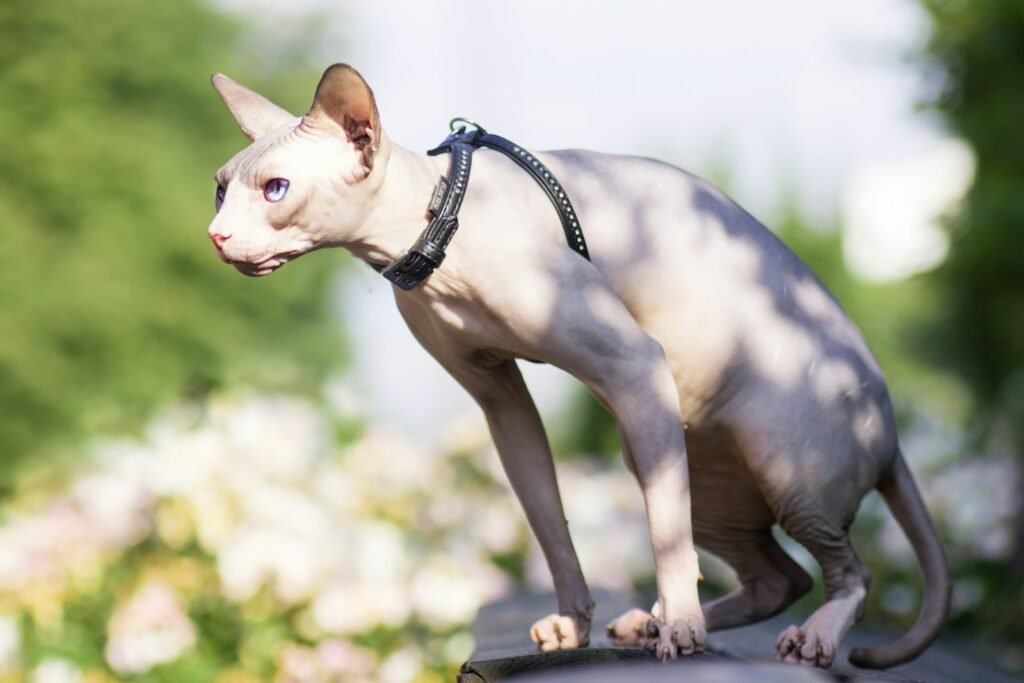
The Sphynx cat, perhaps the most iconic hairless breed, originated in Toronto, Canada, in 1966. A domestic cat gave birth to a hairless kitten due to a natural genetic mutation. Today, careful breeding programs ensure the Sphynx’s continued existence and highlight its unique traits. Other hairless varieties, such as the Donskoy and the Peterbald, originated in Russia and have their own distinct histories and characteristics.
Characteristics of the Sphynx Cat
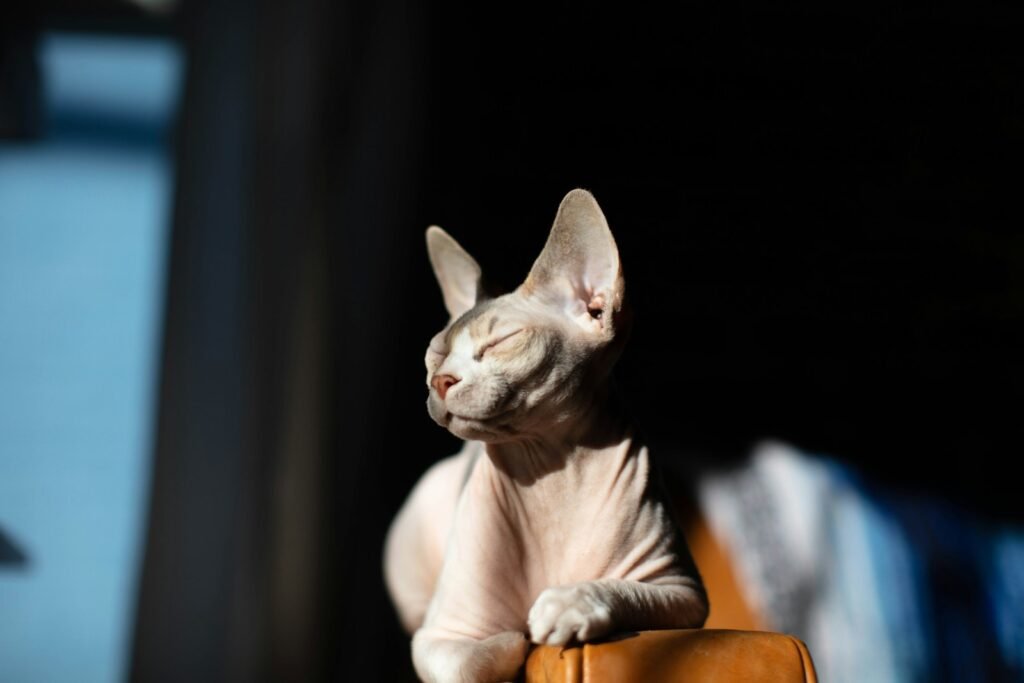
The Sphynx cat is known for its wrinkled skin, pronounced cheekbones, and large ears. Their eye-catching features often give them a mysterious yet inquisitive expression. While they might appear delicate, Sphynx cats are known for their muscular build and lively nature. Their coat, or lack thereof, can range in colors and patterns unique to each individual cat.
Are Sphynx Cats Truly Hairless?
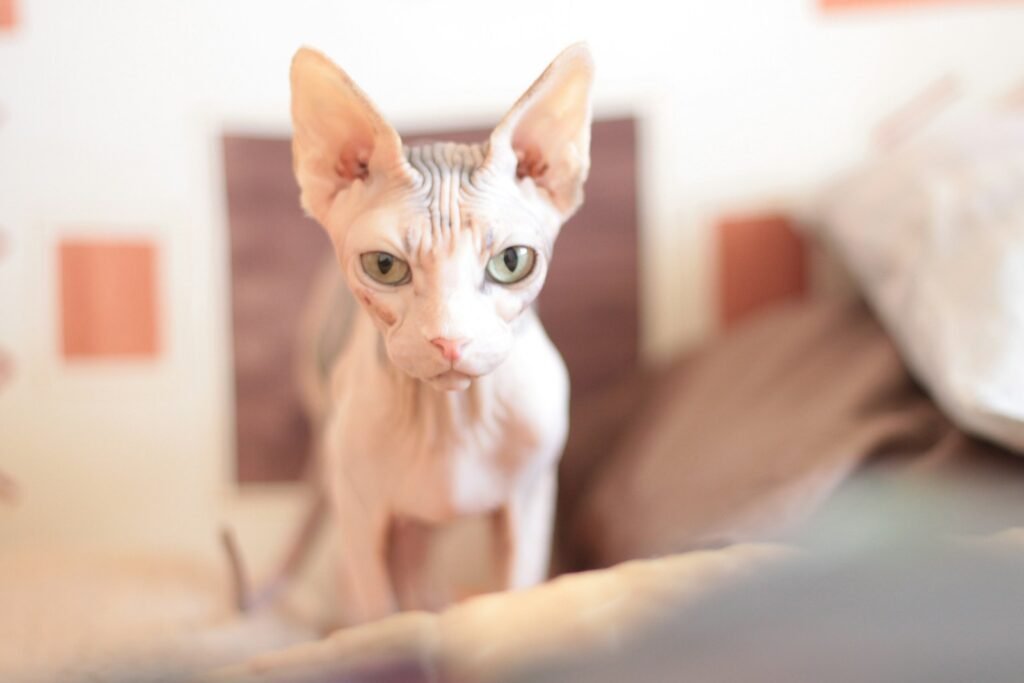
Despite their appearance, Sphynx cats aren’t completely hairless. Their skin is covered in a velvety down, making them feel like a warm peach to the touch. This fine layer provides some level of insulation, but it also means they may feel the cold more intensely than their furred counterparts. As a result, Sphynx cats often seek warmth from their surroundings or owners.
Caring for a Hairless Cat: Skin Maintenance
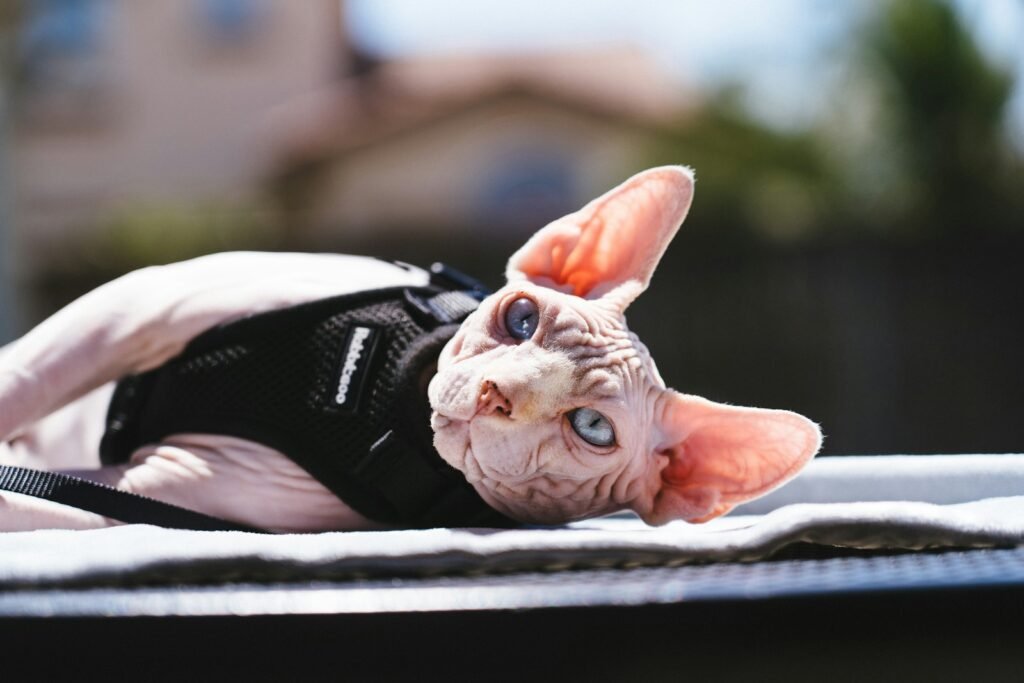
Without a thick coat to absorb oils, hairless cats require regular skin care to prevent oil build-up and dirt from causing skin issues. Weekly baths are typically recommended to clean their skin, with gentle, pet-safe products. It’s important to thoroughly dry the cat after bathing to keep them warm and comfortable.
Diet and Nutrition: Special Considerations
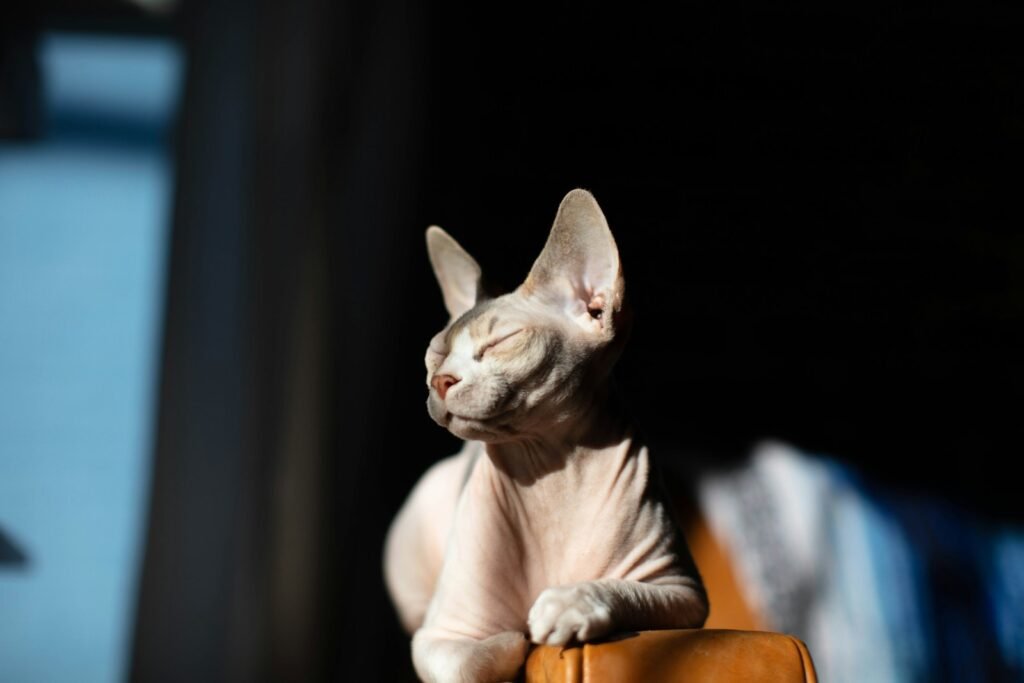
Due to their high metabolism, Sphynx cats often require more food than other breeds to maintain their body temperature and energy levels. A balanced diet rich in protein is essential. Always consult with a veterinarian to determine the best dietary plan for your hairless cat’s specific needs.
Temperament and Playfulness
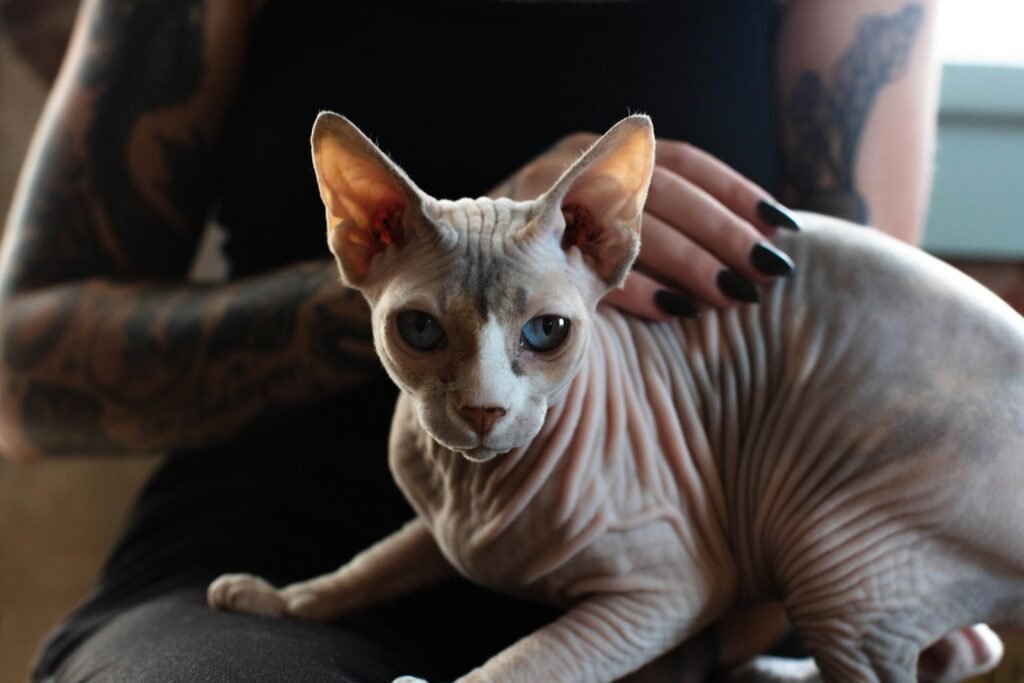
Sphynx cats are renowned for their affectionate and social nature. They crave attention and enjoy being the center of the household’s activities. These cats are also highly intelligent and playful, requiring mental and physical stimulation. Interactive toys and regular playtime are essential to keep them happy and healthy.
Common Health Concerns
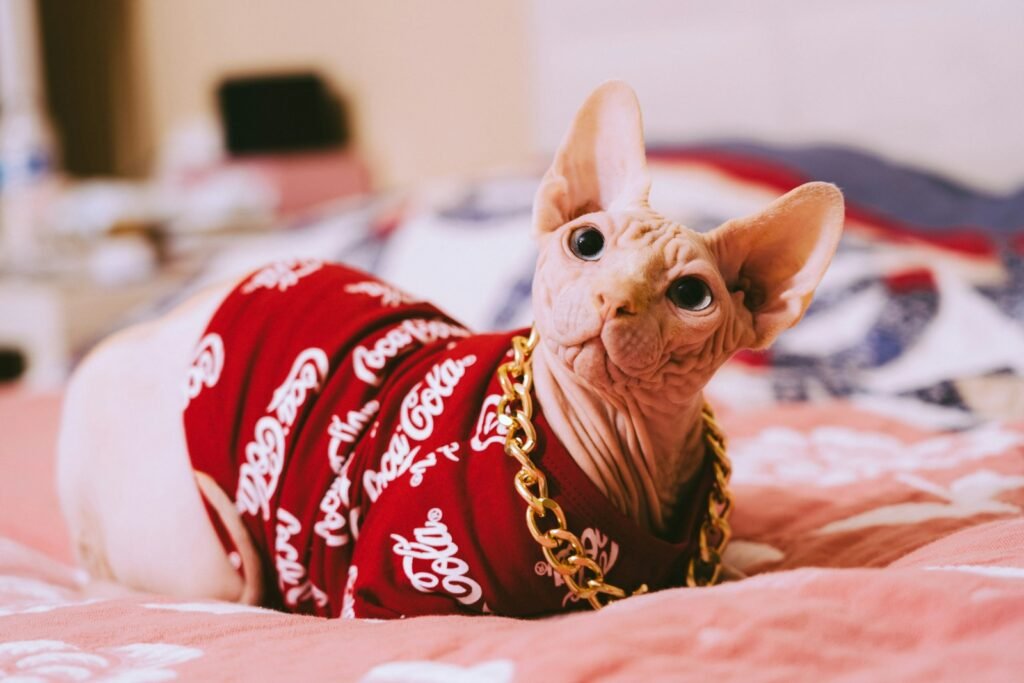
While Sphynx cats are generally healthy, there are some health issues associated with the breed. They can be prone to heart conditions such as hypertrophic cardiomyopathy. Regular veterinary check-ups and monitoring are crucial to detect and manage any potential health problems early on.
Considerations for Potential Owners
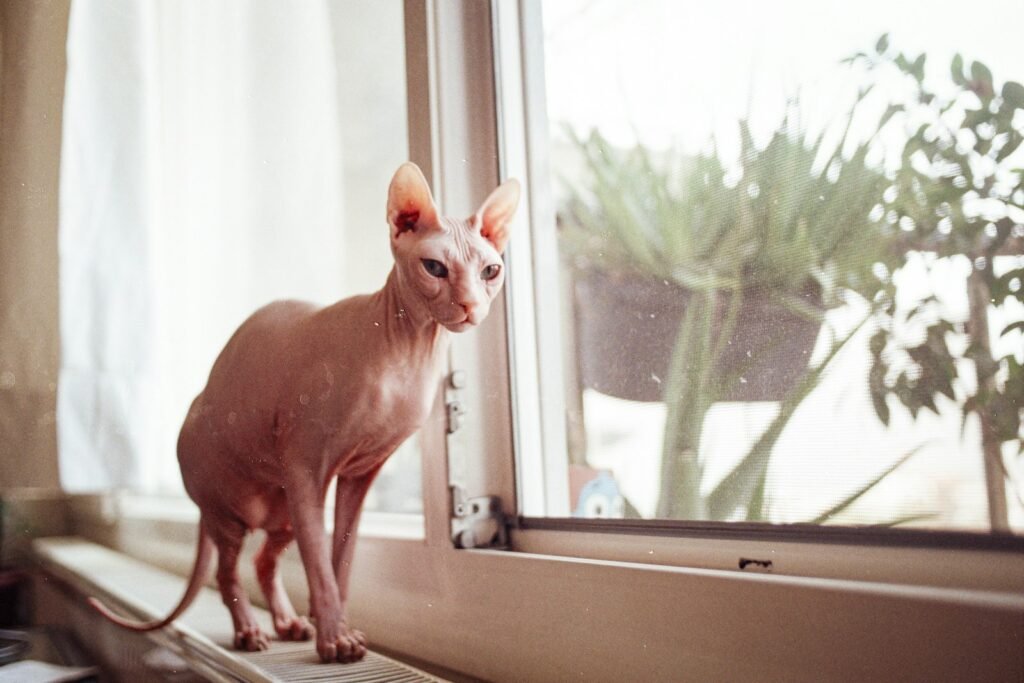
Owning a hairless cat like the Sphynx requires commitment beyond their unique appearance. Potential owners should be prepared for the added responsibilities of skin care, temperature management, and dietary needs. Additionally, Sphynx cats’ social nature means they don’t thrive in environments where they are left alone for long periods.
Exploring Other Hairless Breeds
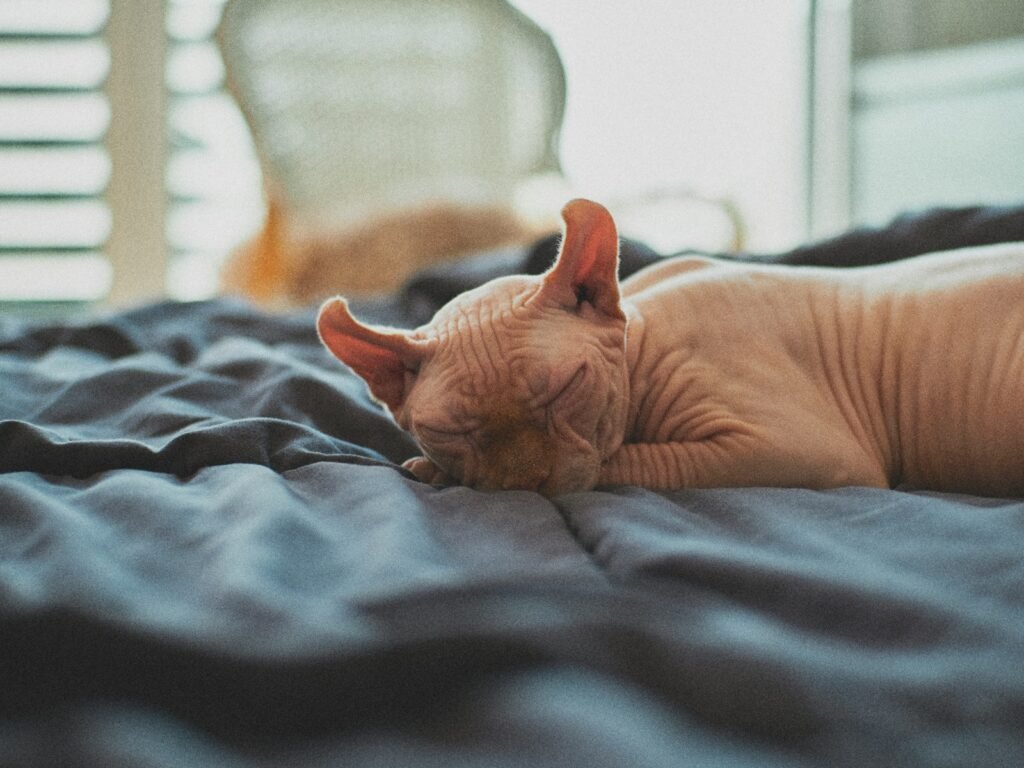
Beyond the Sphynx, other hairless cat breeds such as the Donskoy, Peterbald, and the Elf cat each offer their distinct appearances and traits. While they share the characteristic hairlessness, each breed has unique genetic backgrounds and care requirements, enriching the diversity within the hairless cat community.
Finding a Reputable Breeder
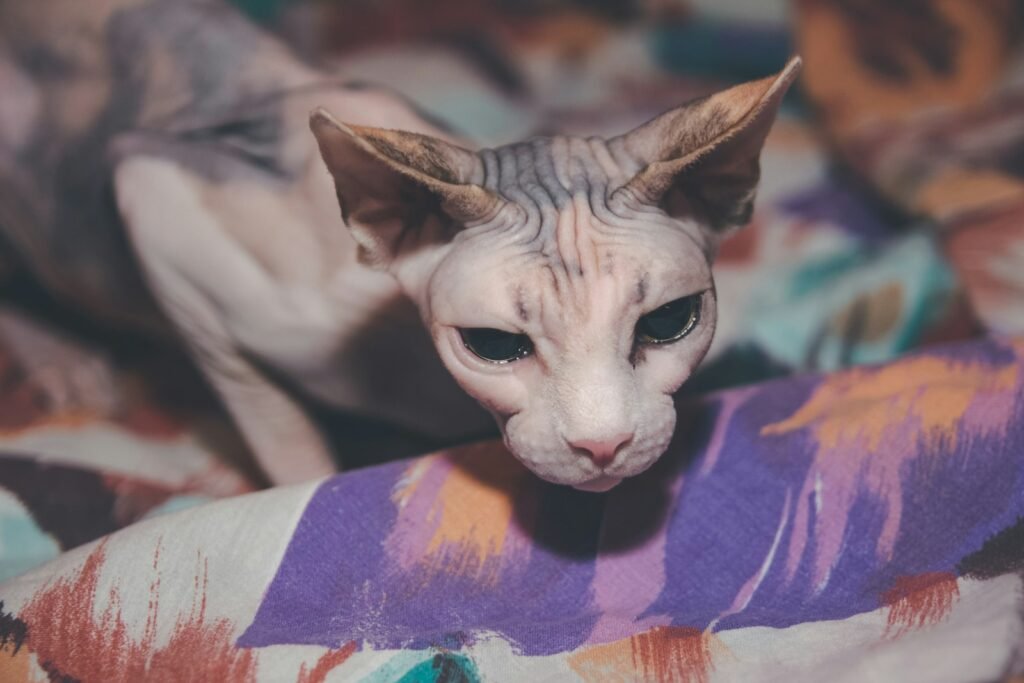
When bringing a hairless cat into your home, it’s important to seek out reputable breeders who prioritize the health and well-being of their animals. Responsible breeders will provide health clearances and detailed information about the care and needs of the breed. Consider visiting breeders and asking for references to ensure a responsible adoption.
Conclusion: The Joys of Hairless Cat Ownership
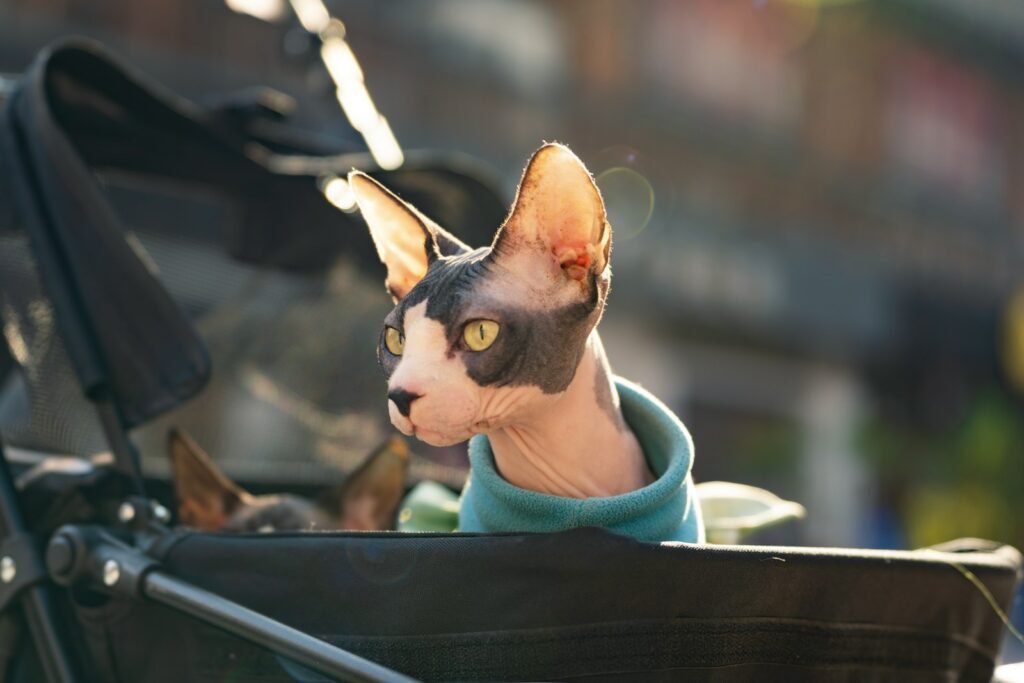
Hairless cats, with their charming personalities and distinct looks, offer a unique companionship experience. While they may require special care and consideration, their affectionate nature and playful antics make them a beloved addition to many households. For those prepared to embrace their unique needs, hairless cats prove to be rewarding and delightful companions.
Hi, I’m Bola, a passionate writer and creative strategist with a knack for crafting compelling content that educates, inspires, and connects. Over the years, I’ve honed my skills across various writing fields, including content creation, copywriting, online course development, and video scriptwriting.
When I’m not at my desk, you’ll find me exploring new ideas, reading books, or brainstorming creative ways to solve challenges. I believe that words have the power to transform, and I’m here to help you leverage that power for success.
Thanks for stopping by, Keep coming to this website to checkout new articles form me. You’d always love it!






